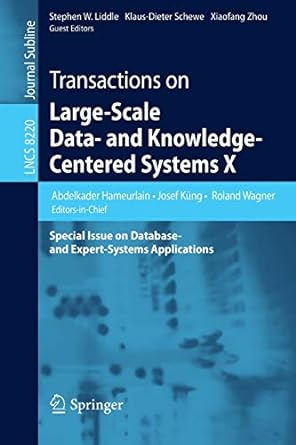Question
1. This problem works with the Chilean voting data as in chilean voting.r where the data matrix is x. The age variable can be simplified
1. This problem works with the Chilean voting data as in chilean
voting.r where the data matrix is x. The age variable can be simplified to retain only the decade of the person by using
x[,5] = floor(x[,5]/10)
(a) Using this simplification, create a 3-dimensional table on age, education and vote. Show your code and
your output.
(b) Using this table create a Bayes classifier to predict the voting status of a person given their decade and
education level. You can represent your classifier as we have done in class. That is, as a table where
the rows account for all possible configurations of the decade and education variables, giving the vote
classification for each.
(c) How would the Bayes classifier classify a female, post-secondary-educated person from the SA region in
her 50s?
(d) Expalin your degree of confidence in this classification and why you believe this.
(e) Estimate the prior distribution on the vote (Y or N) using the data.
(f) Separately for both the Yes and No voters, estimate the class-conditional distributions for gender, education, region, and age. For instance, for gender you would need to compute four probabilities:
P(F |Y es),P(M | Yes),P(F | No),P(M | No)
(g) How would the naive Bayes classifier classify a female, post-secondary-educated person from the SA region
in her 50s? Show the calculations clearly.
The Chilean data is already imbeded into R. Otherwise the alternative link is- https://socialsciences.mcmaster.ca/jfox/Books/Applied-Regression-3E/datasets/Chile.txt
Step by Step Solution
There are 3 Steps involved in it
Step: 1

Get Instant Access to Expert-Tailored Solutions
See step-by-step solutions with expert insights and AI powered tools for academic success
Step: 2

Step: 3

Ace Your Homework with AI
Get the answers you need in no time with our AI-driven, step-by-step assistance
Get Started


